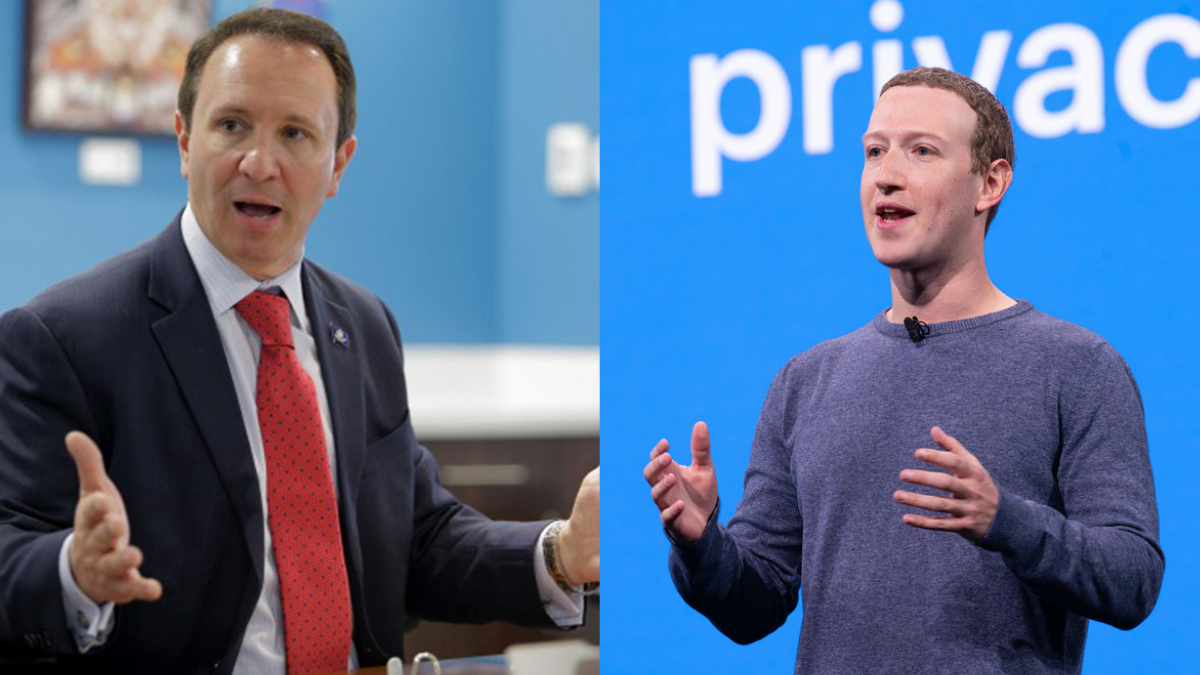
Democrats in 2020 focused their electoral efforts on a single point: They were against Donald Trump. That might work in the presidential race, depending on how the final vote counts turn out, but in Senate and House races across the country, voters were not buying it. Activists, insiders, and social media might be anti-Trump all day, every day, but ordinary voters wanted leadership and moderation. By helping the Republicans keep the Senate and expand their minority in the House, they might just get it.
Several factors cause the Democrats’ delusion, but all relate to the same basic thing: living in a bubble. For party leaders, this is always a concern. House Speaker Nancy Pelosi and Sen. Chuck Schumer, like all members of Congress, live their daily lives surrounded by people who are as obsessed with politics as they are — and not just politics, but insider politics, the give-and-take of Washington power structures. That makes sense for a member of Congress, but it does not match how the rest of us spend our time.
When they are not talking to fellow politicos, they are talking to rich donors and industry lobbyists, whose view of the world is similarly unrepresentative. To the extent they step outside those circles, it is often into the social media websites that also feature the loudest and most extreme opinions. We have seen viral videos for four years of young women screaming in rage at something Trump has done. How often do you encounter such a sight in real life?
That vision of unreality is hard for anyone to overcome. The truly talented politicians manage it, though. Having a feel for the average Joe is not something that can be learned from a spreadsheet; it is innate. Bill Clinton is the last Democratic leader who could truly be said to have that gift. It let him push a progressive agenda just far enough, knowing when to stop and when to triangulate, a term he and Dick Morris popularized in 1996.
Democrats Don’t Know When to Stop
No one in the Democratic Party’s leadership today knows how to triangulate. Even when they strayed from their platform of Trump being bad, they focused on things that appeal mostly to their wealthy donors or their most radical constituents. Every debate had a significant segment on the government’s role in environmental regulation, something that people who are already going to vote Democrat care a great deal about.
Almost nothing was asked of Trump or Biden about jobs, education, and trade, the bread-and-butter issues for millions of voters. Biden, at least, could speak to those points in his own disjointed fashion. Democratic congressional candidates were much more myopic on these kitchen-table issues, and corporate media encouraged the blindness.
Contrast this with the 2006 elections, when Democrats picked up 31 seats in the House to reclaim control of the chamber for the first time in a dozen years. They picked up five seats in the Senate that year, too, making a slim majority. Then, too, Democrats were running against a Republican president and the Iraq War that had become increasingly unpopular with the electorate. But in 2006, Pelosi and Harry Reid knew that the way back to majority status was through the center, not the fringe.
In Pennsylvania, for example, they won with House candidates like Joe Sestak and Chris Carney, ex-military men who communicated a moderate, professional approach to government. In the Senate, Pennsylvania sent Bob Casey Jr. (who was still pretending to be pro-life) to join Jim Webb of Virginia and Amy Klobuchar of Minnesota. All presented themselves as reasonable moderates, and some of them actually were.
The Left Got High on Its Own Supply
Pelosi and Schumer have drifted leftward in the 14 years since then and assumed the rest of the electorate has joined them. The results in 2020 show they are wrong. But even had the party leadership understood the degree to which they are out of touch, would it matter? Would a pro-life Democrat like Casey, a career prosecutor like Klobuchar, or an ex-Republican former soldier like Webb win in a Democratic primary today? Even with the support of the party, would the Democratic enragés of 2020 fall in line?
It is hard to imagine them winning in most jurisdictions nowadays. Part of the problem is that we increasingly sort ourselves geographically. For progressive Democrats, especially, that can mean living in a city where everyone looks different, but the thoughts they express publicly are remarkably similar.
No congressional district is 100 percent liberal Democrat, but the public scorn that awaits moderate comments — or even, heaven forfend, conservative speech — can give the progressives the same bubble effect that Washington politicians enjoy. They have only the evidence available to them, and when fewer people are comfortable speaking their minds, that limits the evidence to what confirms, not challenges.
While replacing a moderate with a radical is of no harm in a solidly Democratic district such as that of Rep. Alexandria Ocasio-Cortez, elsewhere it drives independent voters away. For all the talk of “turning Texas blue,” Democrats there shot themselves in the foot by nominating radical lefties such as Wendy Davis, who is most famous for her strident pro-abortion stance. Meanwhile, moderate Democrats such as Pennsylvania’s Conor Lamb look to edge out victories in marginal districts.
Progressives in Washington and on the internet have been getting high on their own supply for the past four years. They might yet get their fondest wish in removing Trump from office, but the mania with which they pursued that goal and their lack of focus on issues important to ordinary families ensured that every other race tilted back to their opponents.









